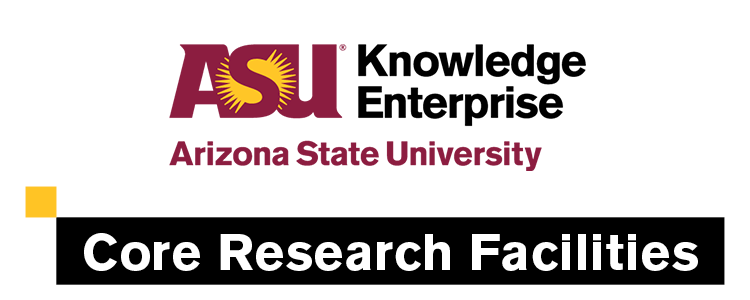
Welcome to the ASU Core Facilities Newsletter. We are ready to support all your research goals. Please follow our LinkedIn page for additional resources and community information.
Eyring Materials Center (EMC) New Equipment
The (a href="https://cores.research.asu.edu/materials/about" target="_blank">Eyring Materials Center has significantly expanded its capabilities, introducing new instruments since the summer. Starting with the installation of the Rigaku SmartLab high-resolution diffractometer in June. Following this, the Goldwater Center for Research and Engineering, room B10 (GWC-B10) welcomed four new instruments alongside the recently acquired Kratos Axis Supra+ XPS.
These additions enhance our ability to analyze material properties from the surface to the bulk, on scales from the atomic to the micron, both ex-situ and in-situ.
These Researchers Possess Specialized Expertise in the Operation of the Specific Machines under their Purview
Please contact us for more Information

Oversees the QuantumLeap-H2000, STADI P Dual Transmission XRD and the Xenocs Xeuss 3.0.
Oversees the Kratos Axis Supra+.
Oversees the Talos F200i TEM, Prisma E SEM and the CleanMill.
Oversees the ThermoFisher Scientific Neoma.
Rigaku SmartLab X-ray Diffractometer
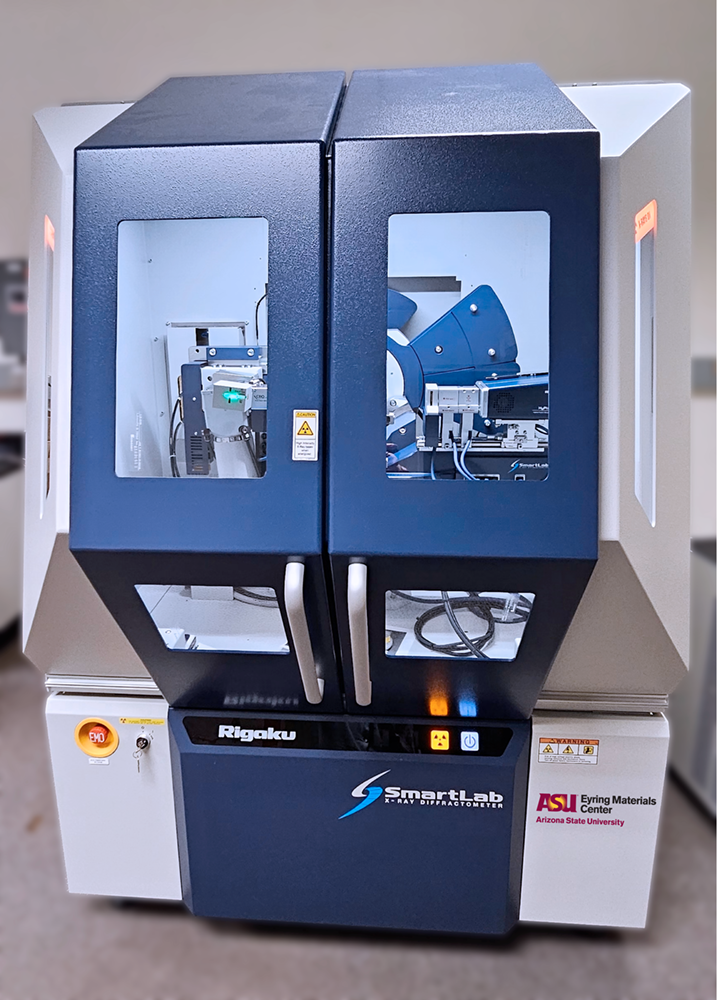
Available Now
The Rigaku SmartLab XRD is a user friendly and versatile X-ray diffractometer able to analyze both epitaxial and polycrystalline thin films, bulk samples and powders. From standard diffraction, to reciprocal space maps, 2D patterns and pole figures it can inform a wide range of scientific questions. Its in plan diffraction arm also allows us to access a larger part of the reciprocal space challenging to access in most other diffractometers.
Xenocs Xeuss 3.0 Small Angle X-ray Scattering
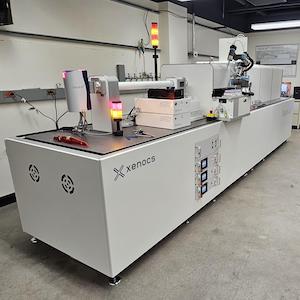
Available Now
The Xeuss 3.0 can perform Small- or Wide-Angle X-ray Scattering (SAXS/WAXS) measurements in transmission or in Grazing Incidence (GI-SAXS/WAXS) geometry. For larger feature sizes, the system also offer the ultra-SAXS option. All combined the instrument provides comprehensive structural information over a wide range of length-scales. The heating, cooling, tensile, shear and humidity stages provide unique capabilities on in situ and in operando studies.
STOE STADI P Dual Transmission X-ray Diffractometer
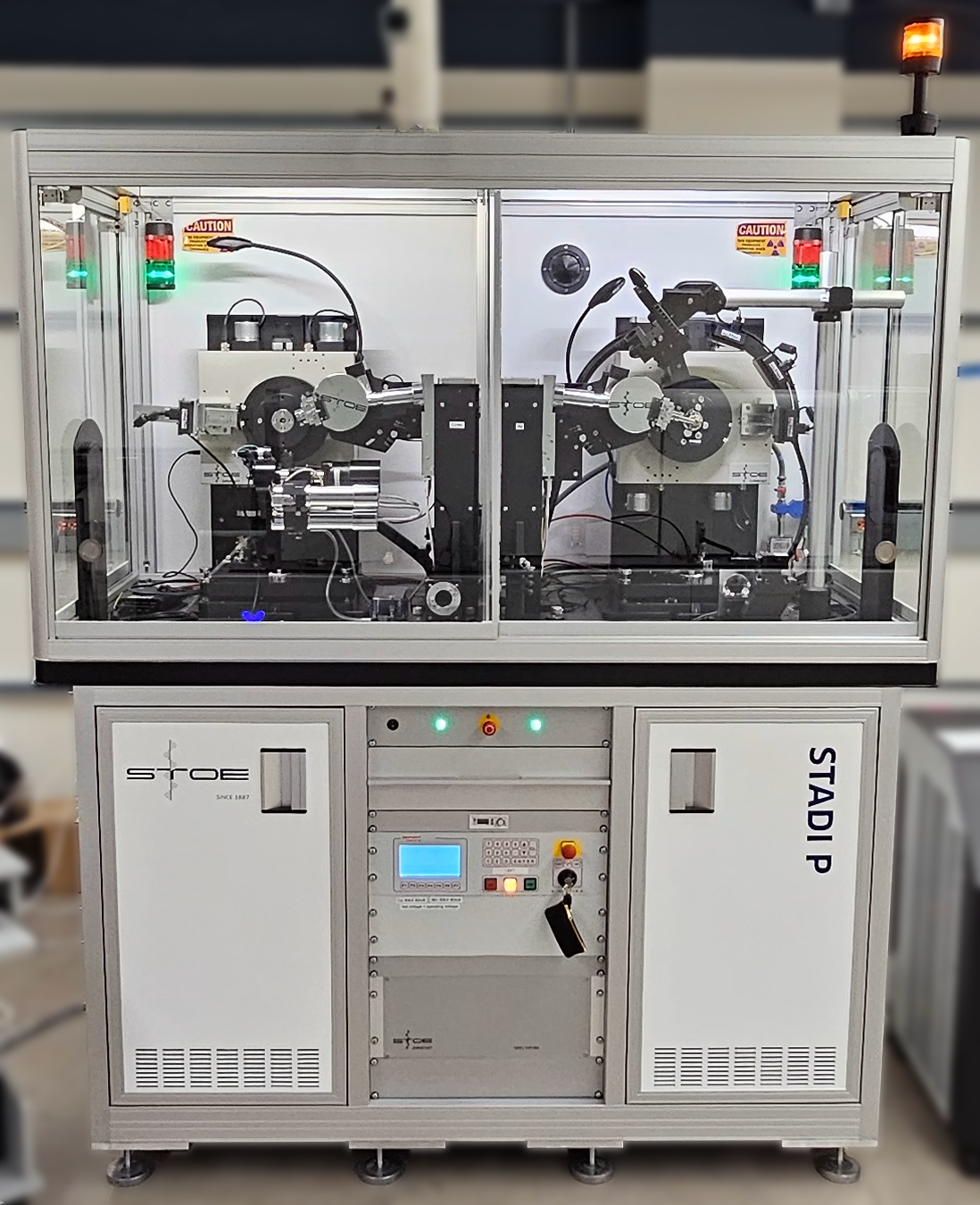
Available Now
The STADI P provides pure K⍺1 radiation using Mo, Cu and Ag anodes in transmission-/Debye-Scherrer mode for analyzing material’s crystalline structure through diffraction patterns and amorphous structure through pair distribution function (PDF) calculations. Additionally, its in situ heating/cooling and in operando charge/discharge.
SigRay QuantumLeap-H2000 X-ray Absorption Spectroscopy
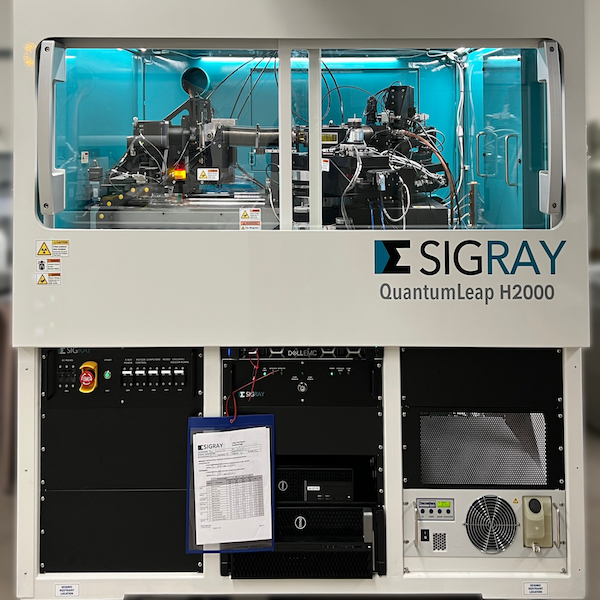
Available Soon
The QuantumLeap-H2000 synchrotron-like XAS has capabilities with sub-eV resolution, allowing measurements in transmission and fluorescence modes across a broad energy range. The system, featuring heating and electrochemical cells, enables examination of element-specific short-range structural and coordination environments. Researchers can investigate the oxidation state, including in situ structural changes of electrodes.
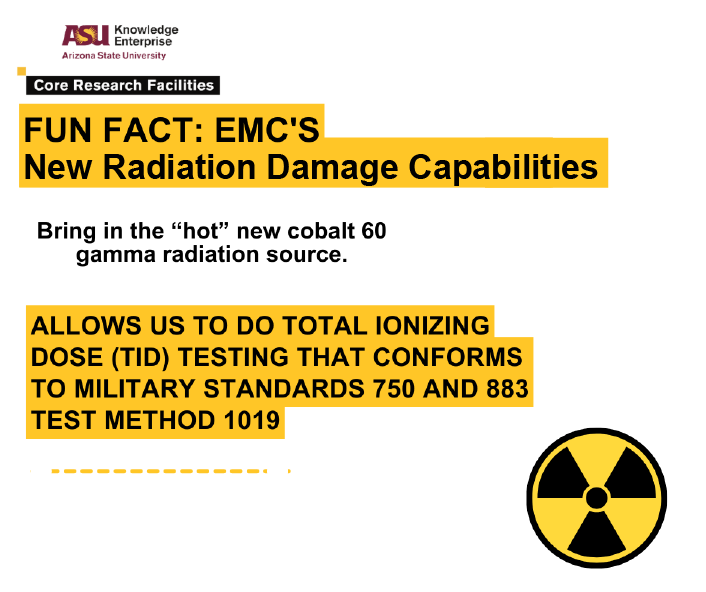
Enhanced Capabilities in Electron Microscopy Labs with Upgraded ThermoFisher Equipment
ThermoFisher Scientific Talos F200i TEM
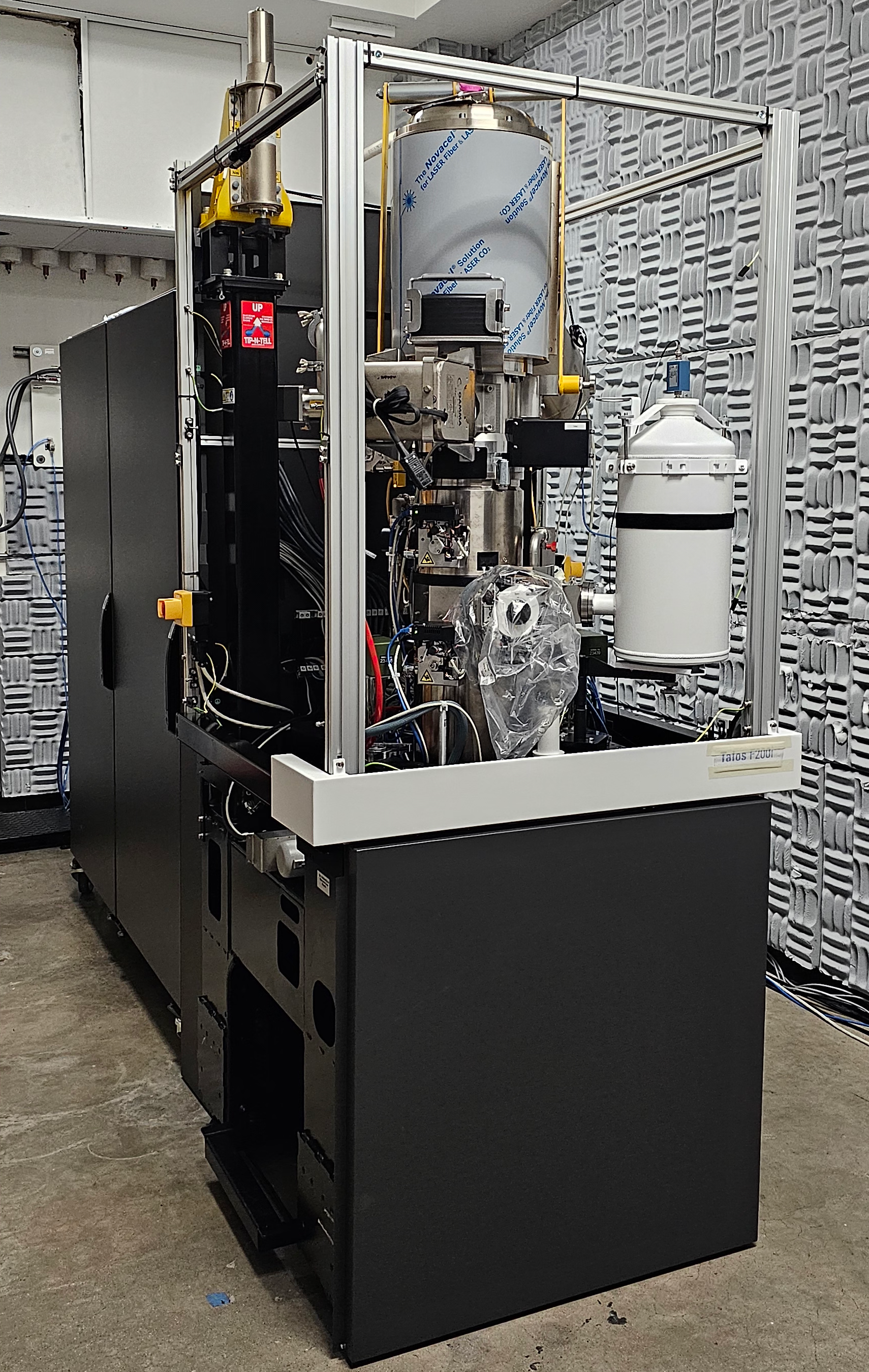
Available January 2024
The Talos F200i (S)TEM features Dual 100 mm² EDS detectors for simultaneous chemical analysis, a Ceta Camera for large field of view and fast imaging and a MerlinEM Direct Electron Detector for rapid readout and improved signal-to-noise ratio—ideal for applications like 4D STEM and TEM dynamic imaging.
ThermoFisher Scientific CleanMill
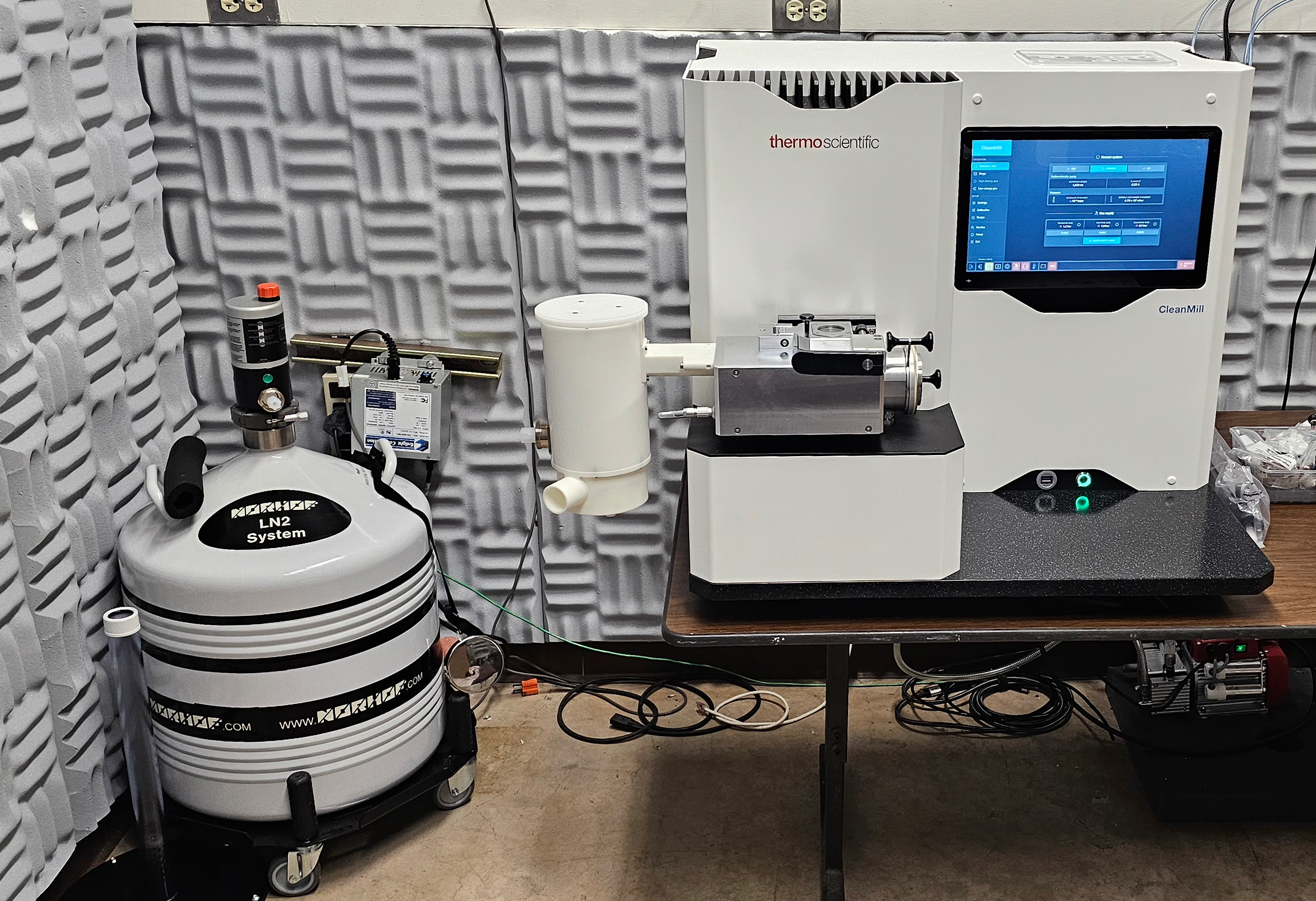
Available January 2024
The CleanMill provides a complete ion polishing solution for SEM applications. Researchers will be able to get scratch-free surfaces in their materials needed for EBSD, EDS and WDS applications. Together with the CleanConnect System, it will allow to transfer air sensitive samples in an inert gas atmosphere to the Prisma E SEM.
ThermoFisher Scientific Prisma E SEM

Available Spring 2024
Thanks to its low vacuum and ESEM capability, the New Prisma E SEM will allow researchers to acquire charge-free imaging and analysis of non-conductive and hydrated specimens. Together with the ChemiSEM Technology that combines conventional SE or BSE imaging with live elemental analysis,which is no longer limited to grayscale. The new capability will also be compatible with the clean connect to load samples from our CleanMill without any air exposure.
ThermoFisher Scientific Neoma
EMC / METAL is excited for the best holiday gift ever... delivery of a brand-new Neoma Multi-collector Inductively Coupled Plasma Mass Spectrometer (MC-ICP-MS)
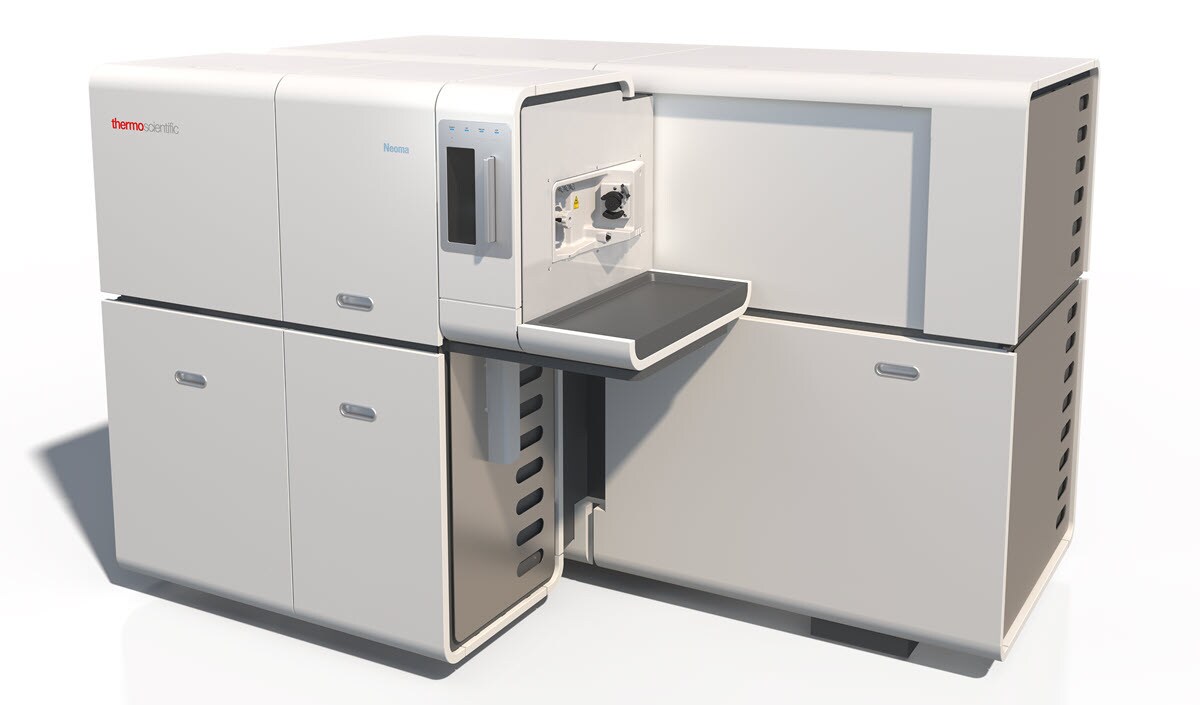
Arrival is expected December 21st, installation and validation will occur in early 2024.
The ThermoFisher Scientific Neoma MC-ICP-MS, This instrument measures isotope ratios with outstanding sensitivity and precision surpassing the "Neptune" instrument that has served projects in anthropology, biomedical, engineering and geochemistry applications for nearly two decades!
"The new Neoma MC-ICP-MS will enable us to turbo-charge our research into how Earth became a habitable world-and the possibility that there could be others worlds out there like our own" said School Of Earth and Space Exploration and School of Molecular Sciences professor Dr. Ariel Anbar.
News
Nurturing and Amplifying the Achievement of Prof. Sule Ozev, Recipient of the Joseph C. Palais Distinguished Faculty Scholar for the Academic Year 2023 - 2024 Award
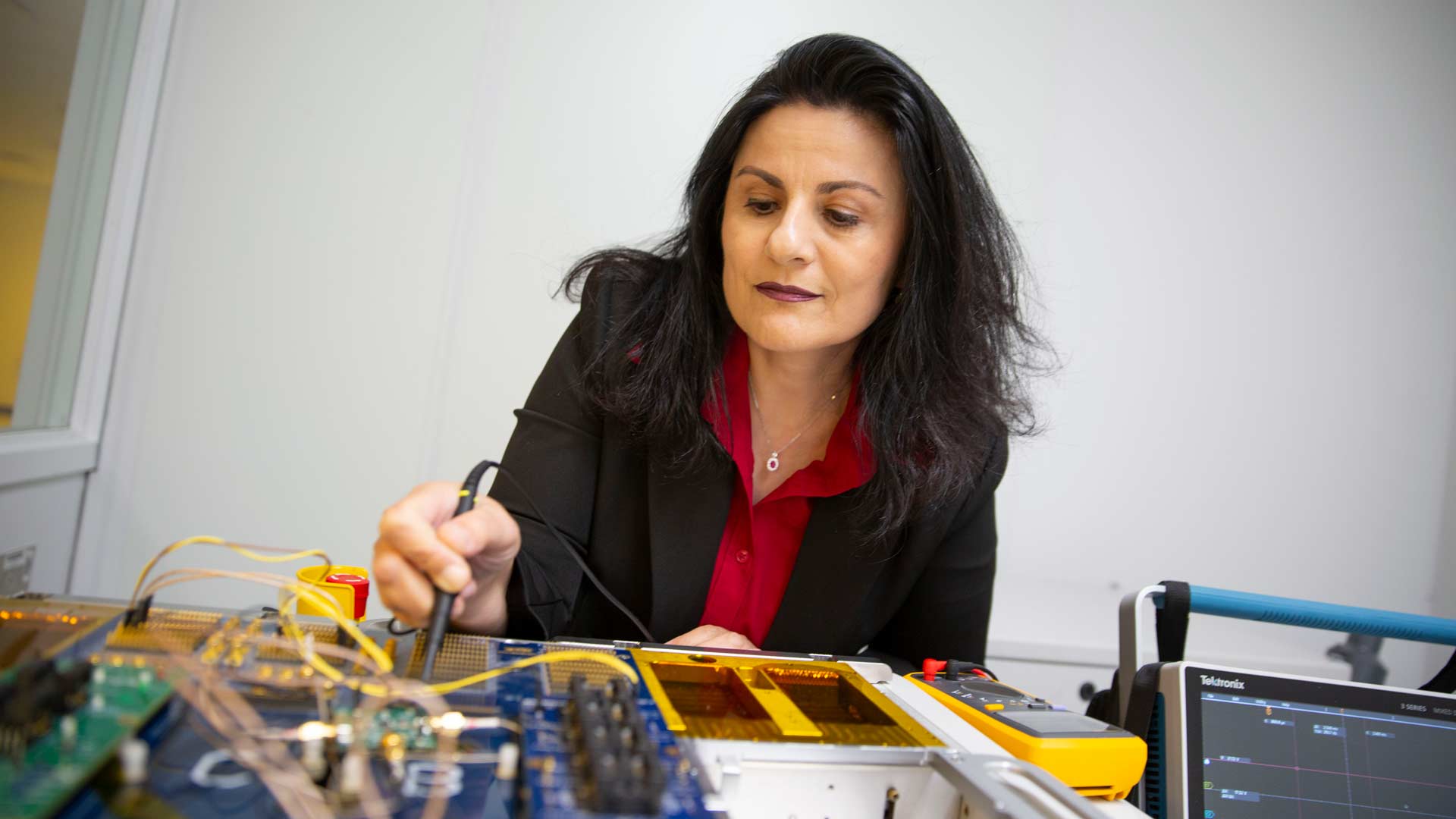
Ozev's diverse accomplishments in research and teaching, combined with her unwavering dedication to student mentorship by utilizing clean room space at the ASU Core Research Facilities Advanced Electronics and Photonics Core, have established her as an outstanding faculty member.
Read about Ozev's contributions
Publications
Tuning Film Stresses for Open-Air Processing of Stable Metal Halide Perovskites
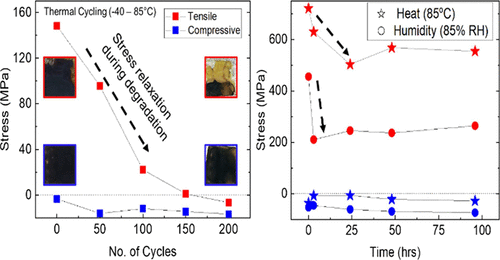
Research highlights the challenges faced by metal halide perovskite semiconductors in solar cell technology. These materials offer promise with defect tolerance, extended charge carrier lifetimes and carrier mobility. Yet, they also grapple with environmental and mechanical instabilities, particularly mechanical film stress. This stress impacts perovskite solar cell performance, leading to structural instability, increased defect density, reduced carrier mobility, ionic mobility and an elevated risk of cracking, affecting cell efficiency.
Authors: Muneeza Ahmad, Carsen Cartledge, Gabriel McAndrews, Antonella Giuri, Michael D. McGehee, Aurora Rizzo and Nicholas Rolston
Read about perovskite solar cell performance.
Help us advance your research with BioRender!
Unleash the power of visual communication in your research with BioRender — the ultimate tool for crafting scientific graphics for manuscripts, reports and presentations. Our IT group is exploring the possibility of acquiring an institutional license, and your support could tip the scales! Join the initiative by participating in our brief survey. Your input is vital in bringing this innovative resource to our institution. ASU Faculty and Staff Researchers, make your voice heard and help us enhance our research visualization capabilities.
Sign up now and be part of the change!

